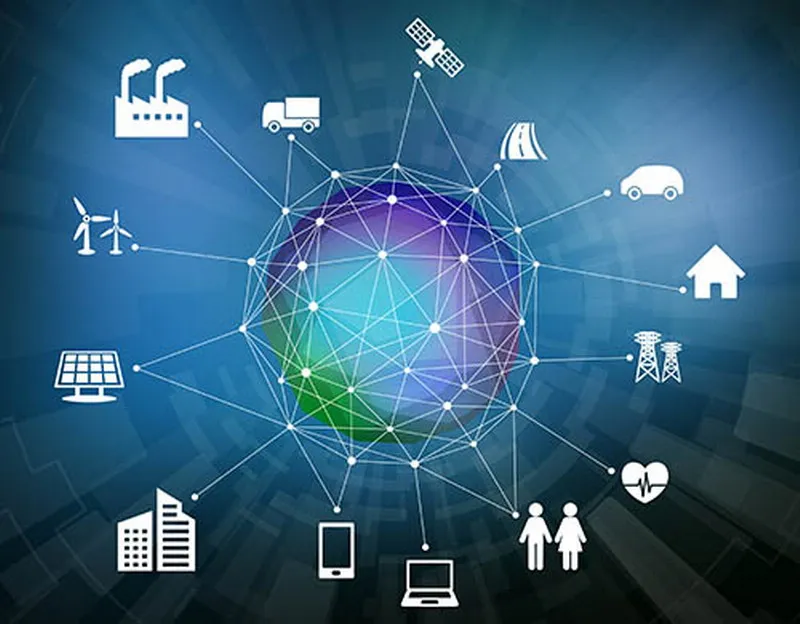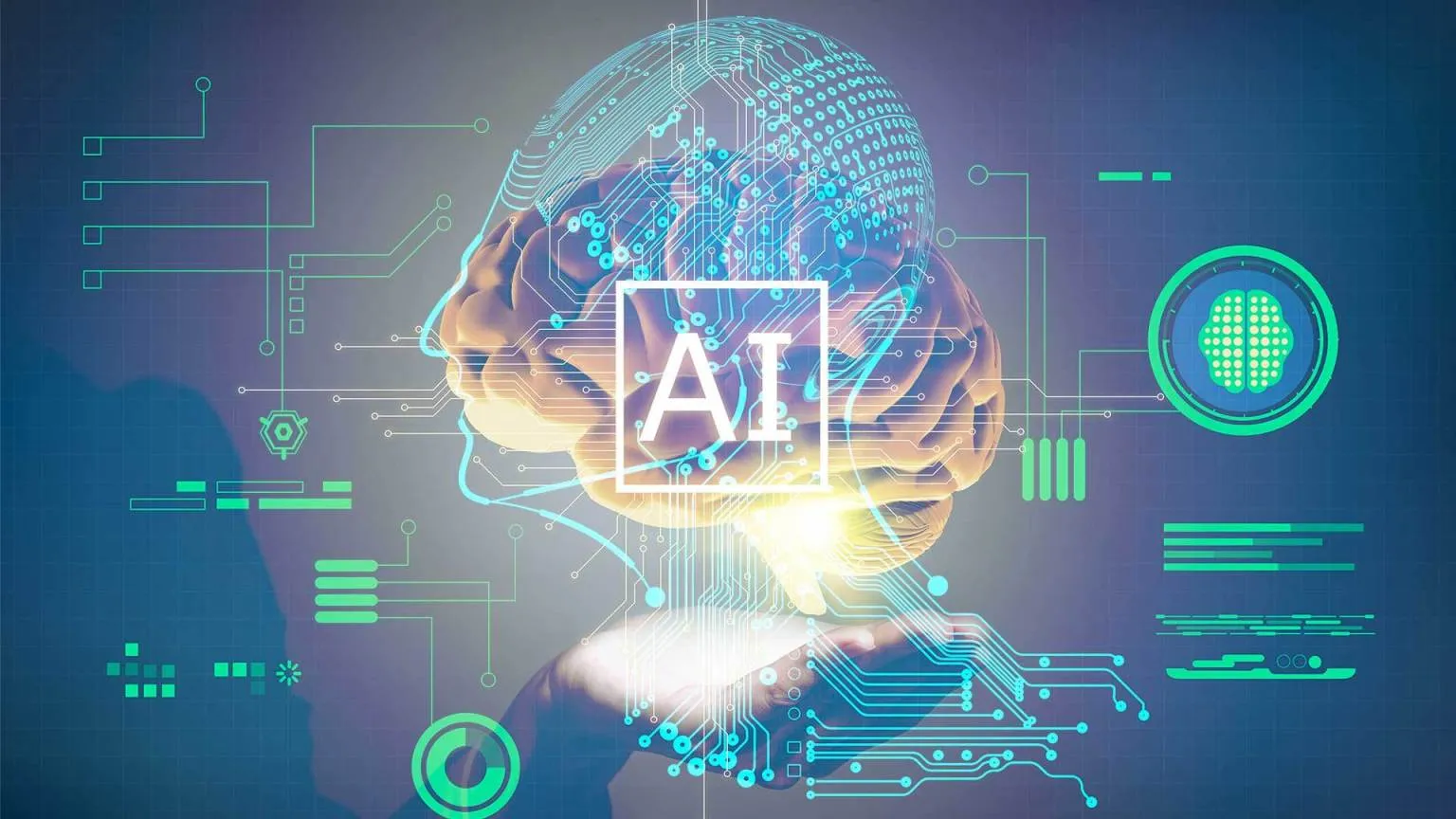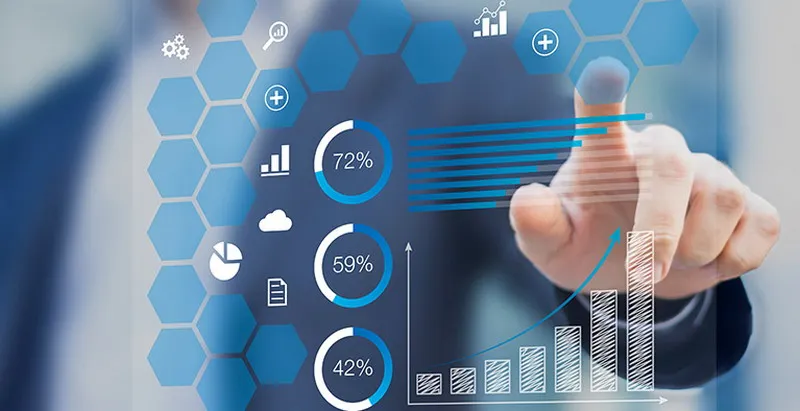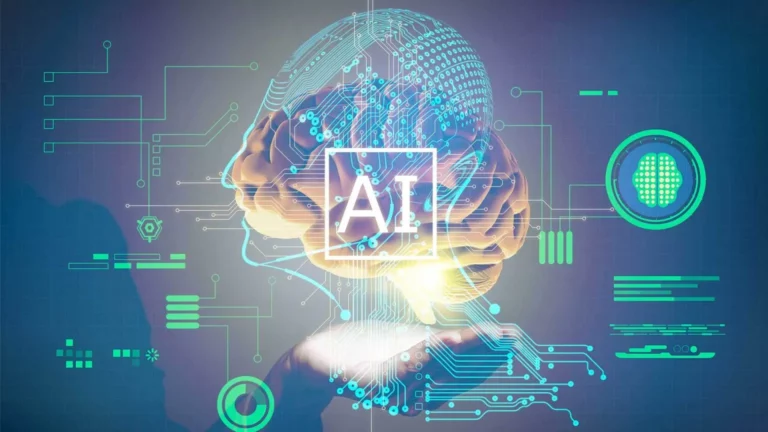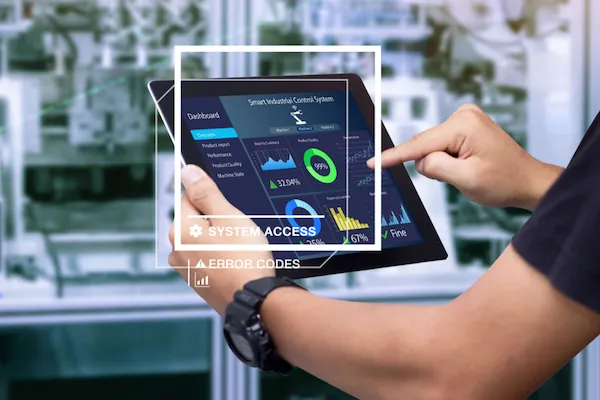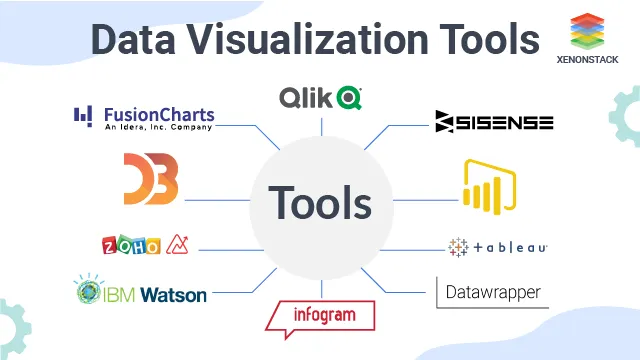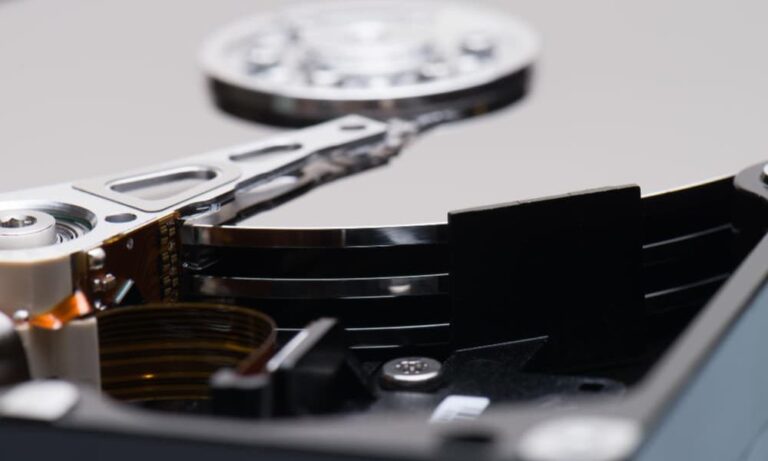The Integration of Sensors with Database Systems
In the era of Industry 4.0, the integration of sensors with database systems has emerged as a transformative force, reshaping the landscape of data-driven decision-making. This blog post delves into the intricacies of this integration, exploring the benefits, architectural considerations, and the role of Internet of Things (IoT) sensors in mechanical databases.
Integration of Sensors with Database Systems
The integration of sensors with database systems signifies a paradigm shift in how organizations capture, analyze, and utilize real-time data. Sensors, ranging from simple temperature gauges to advanced IoT devices, act as the frontline data collectors, while databases serve as the centralized repositories for storing, processing, and deriving actionable insights from this data. Let’s explore the key aspects of sensor integration with database systems:
Real-time Data Capture
Sensors facilitate real-time data capture, providing a continuous stream of information about various parameters such as temperature, pressure, humidity, and more. This real-time data is crucial for organizations seeking to make informed decisions based on the most up-to-date information.
Centralized Data Storage
Database systems play a pivotal role in the integration process by serving as centralized data storage hubs. They organize, structure, and store the influx of data from sensors, creating a comprehensive repository that can be accessed and analyzed efficiently.
Scalability and Flexibility
The integration framework is designed to be scalable and flexible, accommodating a variety of sensors and data types. As organizations grow or modify their sensor infrastructure, the integration framework ensures that the database system can seamlessly adapt to new data sources and evolving requirements.
Data Fusion and Analysis
By combining data from multiple sensors, organizations can engage in data fusion – a process that enhances the overall context and accuracy of insights. Database systems equipped with advanced analytics tools enable organizations to derive meaningful patterns, correlations, and trends from the integrated sensor data.
Sensor Integration in Database Architecture
The successful integration of sensors with database systems relies on a well-architected framework that accommodates the unique requirements of sensor-generated data. Let’s explore key considerations for sensor integration in database architecture:
Data Modeling
Database architects must carefully design data models that align with the structure of sensor data. The schema should be flexible enough to incorporate diverse sensor types and their associated parameters. A well-defined data model facilitates efficient storage and retrieval of sensor data.
Data Ingestion and Processing
Efficient data ingestion mechanisms are essential for handling the continuous influx of sensor data. Database architectures should include components that can process and normalize incoming data, ensuring uniformity and consistency before storage. This step is crucial for accurate analysis and reporting.
Real-time Database Capabilities
Real-time database capabilities are paramount for handling the immediacy of sensor data. Modern database systems incorporate features like in-memory processing and optimized indexing to support real-time queries, enabling organizations to extract insights without latency.
Security and Access Controls
Given the sensitive nature of sensor data, robust security measures are vital. Database architectures should implement encryption protocols, access controls, and authentication mechanisms to safeguard sensor data from unauthorized access or tampering.
Scalability and High Availability
Sensor networks can scale rapidly, especially in large industrial settings. Database architectures must be designed for scalability, allowing them to handle growing volumes of data seamlessly. High availability features ensure that databases remain accessible even during peak usage or in the event of hardware failures.
IoT Sensors in Mechanical Databases
The Internet of Things (IoT) has revolutionized the way sensors are deployed and interconnected, ushering in an era of interconnected devices that communicate seamlessly with databases. In the realm of mechanical databases, IoT sensors play a pivotal role in enhancing data-driven insights and optimizing maintenance strategies. Let’s explore the specific contributions of IoT sensors in mechanical databases:
Remote Monitoring and Accessibility
IoT sensors enable remote monitoring of mechanical systems, providing stakeholders with real-time insights regardless of their physical location. This level of accessibility is invaluable for organizations managing distributed assets or those seeking to monitor equipment in remote or challenging environments.
Predictive Maintenance
IoT sensors contribute to predictive maintenance strategies by continuously monitoring critical parameters such as vibration, temperature, and lubrication levels. The real-time data generated by IoT sensors is fed into databases, where predictive analytics algorithms assess equipment health and forecast potential issues, allowing organizations to schedule maintenance proactively.
Condition-Based Monitoring
Condition-based monitoring, facilitated by IoT sensors, involves tracking the operational conditions of mechanical systems. These sensors capture data on parameters that indicate the health and performance of equipment. The integration of this sensor data with databases enables organizations to make data-driven decisions regarding maintenance, ensuring optimal performance and longevity of mechanical assets.
Energy Efficiency Optimization
IoT sensors contribute to energy efficiency in mechanical systems by monitoring energy consumption patterns. Whether it’s monitoring the efficiency of motors, HVAC systems, or other energy-intensive components, IoT sensors provide valuable data that can be analyzed in databases to identify opportunities for optimization and cost savings.
Connecting Sensors to Database Platforms
The marriage of sensors and database platforms marks a technological leap forward, enabling organizations to harness the wealth of data generated by sensors for actionable insights. The process of connecting sensors to database platforms involves establishing a robust communication framework to facilitate the flow of real-time data from sensors to databases. Let’s explore the key elements of this integration:
Data Transmission Protocols
Establishing efficient data transmission protocols is crucial for connecting sensors to database platforms. Whether it’s through wired connections, wireless technologies like Wi-Fi or Bluetooth, or specialized protocols such as MQTT (Message Queuing Telemetry Transport), the chosen protocol should align with the specific requirements of the application.
Data Formatting and Standardization
Sensors often generate data in various formats and structures. To ensure seamless integration, data from sensors should be formatted and standardized before being transmitted to the database platform. This ensures uniformity in data structure, facilitating easier storage, retrieval, and analysis.
Real-time Connectivity
The essence of sensor integration lies in real-time connectivity. Database platforms should be equipped to receive and process data as it is generated by sensors. Real-time connectivity enables organizations to make timely decisions based on the most current information, a critical factor in applications like industrial monitoring and control systems.
Scalability and Flexibility
As sensor networks grow, database platforms must exhibit scalability and flexibility. The architecture should be designed to handle an increasing number of sensors without compromising performance. This scalability ensures that organizations can expand their sensor infrastructure to meet evolving needs.
Sensor Data Integration Best Practices
Efficient sensor data integration requires a thoughtful approach that considers various factors, from data quality to system compatibility. Let’s delve into some best practices for sensor data integration:
Data Quality Assurance
Prioritize data quality by implementing mechanisms to validate and clean incoming sensor data. Data inconsistencies or inaccuracies can impact the reliability of analytics and decision-making processes. Establishing data quality assurance practices ensures that the information stored in databases is accurate and trustworthy.
Timestamp Synchronization
Timestamp synchronization is critical for correlating events across different sensors and ensuring the chronological accuracy of data. Aligning timestamps at the sensor level and within the database platform allows for precise temporal analysis, enhancing the value of integrated sensor data.
Security Measures
Implement robust security measures to safeguard sensor data during transmission and storage. Encryption protocols, secure data transmission channels, and access controls within the database platform are essential components of a secure sensor integration strategy. Protecting sensitive information is paramount, especially in applications where privacy and security are critical considerations.
Interoperability Standards
Adherence to interoperability standards facilitates seamless integration between sensors and database platforms. Standardized protocols, such as OPC-UA (Open Platform Communications Unified Architecture) for industrial applications, enhance compatibility and ease the integration process, allowing different devices and platforms to communicate effectively.
Database-Driven Sensor Analytics
Database-driven sensor analytics represents the fusion of sensor-generated data and advanced analytics within the database platform itself. This approach leverages the processing capabilities of the database to perform analytics, derive insights, and generate valuable reports. Let’s explore the key components and advantages of database-driven sensor analytics:
In-Database Processing
Database-driven sensor analytics involves performing analytics directly within the database. Rather than extracting data for analysis in external tools, the database platform hosts the analytics processes. This reduces data movement, improves efficiency, and allows organizations to analyze vast datasets without the need for extensive data transfers.
Real-time Analytics
Real-time analytics capabilities within the database enable organizations to derive insights as data is generated by sensors. This immediate analysis empowers decision-makers to respond promptly to changing conditions, making it particularly valuable in applications such as monitoring critical infrastructure or ensuring the quality of manufacturing processes in real time.
Aggregation and Correlation
Database-driven analytics facilitate the aggregation and correlation of sensor data. By leveraging database functions, organizations can aggregate data over time intervals, correlate data from multiple sensors, and uncover patterns or anomalies. This capability enhances the comprehensiveness and accuracy of insights derived from integrated sensor data.
Historical Trend Analysis
The historical trend analysis is a key aspect of database-driven sensor analytics. By storing sensor data in databases, organizations can analyze historical trends, identify patterns, and forecast future behavior. This historical perspective enables organizations to optimize processes, predict equipment failures, and make informed decisions based on long-term data trends.
The seamless connection of sensors to database platforms marks a transformative milestone in the era of data-driven decision-making. By adopting best practices for sensor data integration and embracing database-driven sensor analytics, organizations can unlock the full potential of sensor-generated data. This integration not only enhances real-time insights but also paves the way for sophisticated analytics, ensuring that organizations stay at the forefront of innovation in an increasingly interconnected and data-rich world.
Conclusion
The integration of sensors with database systems marks a pivotal advancement in the realm of data-driven decision-making. Whether capturing real-time data, optimizing database architectures, or harnessing the power of IoT sensors in mechanical databases, this integration enhances the efficiency, reliability, and performance of industrial operations. As industries continue to embrace the transformative potential of sensor-driven insights, the synergy between sensors and databases will undoubtedly shape the future of smart, connected, and highly optimized mechanical systems.
